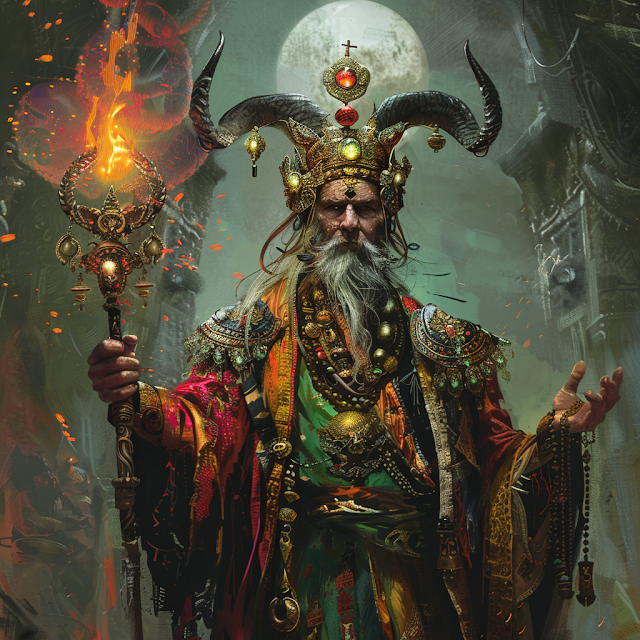- 12%
- 24%
- 48%
- 72%
- 96%
To put it in the simplest possible terms - if you're a pound of mammal flesh, there's a 96% certainty that you're either in a human or an animal domesticated by a human. The biomass of moose and bison, the great Serengeti herds of wildebeest, the lions and tigers and bears, amount to little more than a rounding error.
It's only slightly reassuring to remember that mammals, in fact the entire animal kingdom, make up only a relatively small amount of the Earth's biomass. The sum of all biomass on Earth is about 550 gigatons of carbon, of which 80% are plants, dominated by land plants. The second major biomass component is bacteria, constituting another 15% or so of the global biomass. All animals make up only 2 Gt C (0.36%) of the Earth's biomass and are primarily arthropods (bugs) and fish. However, of all vertebrates - the mammals, fish, birds, reptiles, et al. - humans and domesticated livestock combined outweigh all other groups except for the fish. As for birds, the biomass of domesticated poultry (0.005 Gt C, dominated by chickens) is greater than that of all wild birds (≈0.002 Gt C).
The imbalance reflects the impact of human activity on the planet's ecosystems. Between about 50,000 and 3,000 years ago, human activity contributed to the Quaternary Megafauna Extinction, which claimed around half of the large land mammal species, such as mastodons and wooly rhinoceri. The biomass of wild land mammals before this period of extinction was estimated to be approximately seven times greater than present. More recently, intense whaling and exploitation of other marine mammals (e.g. seals) have resulted in an approximately fivefold decrease in global marine mammal biomass.
But even while the total biomass of wild mammals (both marine and terrestrial) has decreased, the total mass of all mammals has increased nearly fourfold due to the vast increase of the biomass of humans and their associated domestic animals (livestock).
The impact of human civilization on global biomass has not been limited to mammals but has also profoundly reshaped the total quantity of carbon sequestered by plants. A worldwide census of the total number of trees, as well as a comparison of actual and potential plant biomass, has suggested that the total plant biomass has declined approximately twofold relative to its value before the start of human civilization. The total biomass of crops cultivated by humans accounts for only about 2% of the total plant biomass.
It's easy to dismiss this as "trivia," gee-whiz statistics to win a free drink at the bar, but it points to the immense impact H. sapiens has had on life on this planet. We may represent only a small portion of the entire biomass, but between our own explosive population growth and contributions to the extinction of other species, we've already done more to change life on Earth than any other lifeform. It's not inconceivable to imagine a future where humans and livestock are the only mammals left on Earth in any significant quantities.
.png)
.png)


.png)

.png)
.png)
.png)
.png)


